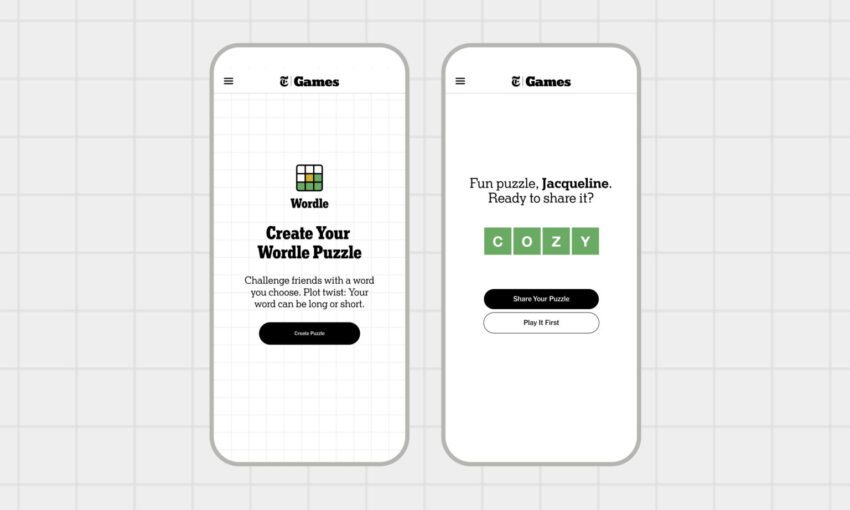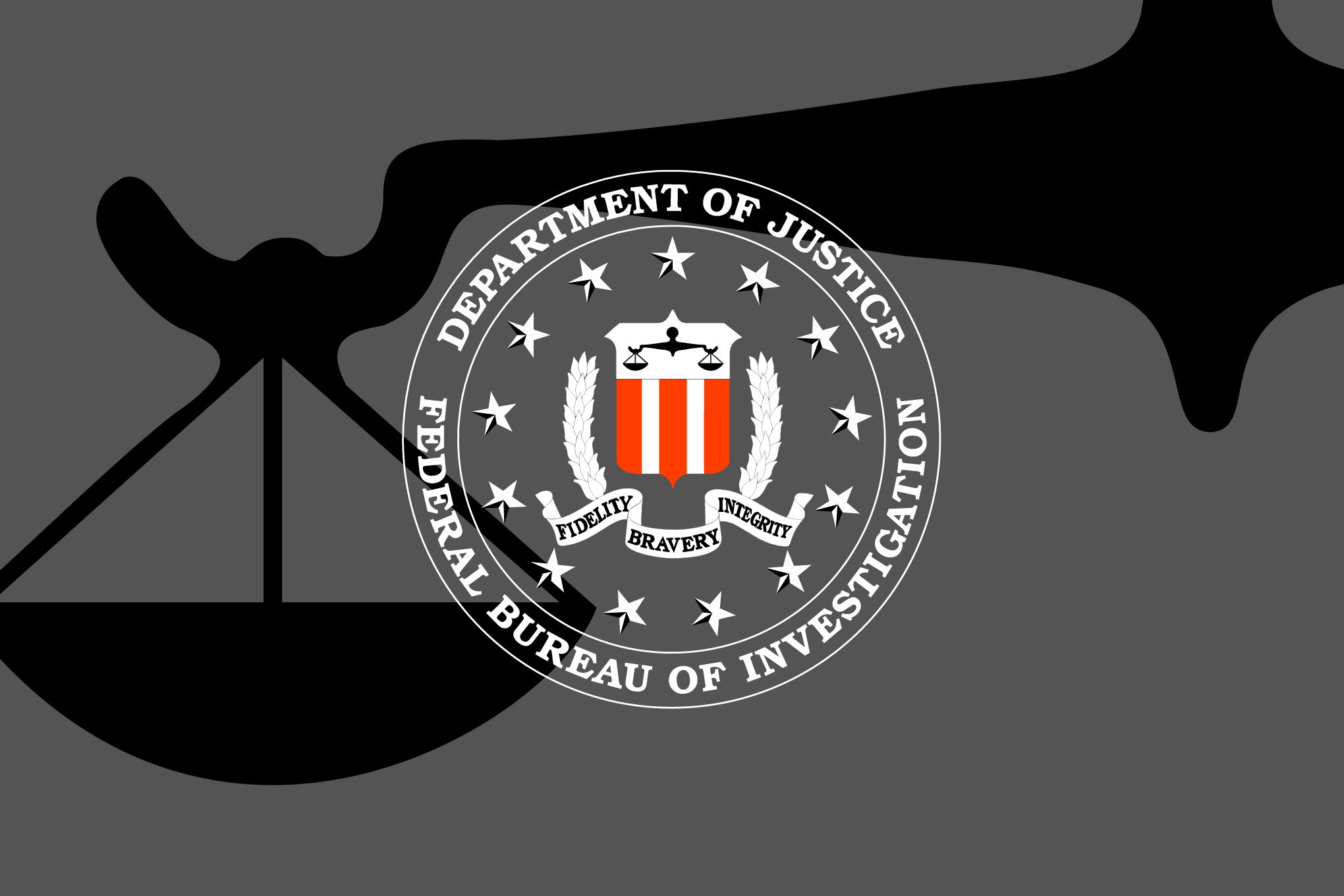
you can now make your own wordle The New York Times has launched an official tool that enables users to create their own Wordle puzzles, allowing fans of the game to challenge their friends and family in a personalized way.
you can now make your own wordle
Introduction to the Wordle Creation Tool
Wordle, the popular word-guessing game that took the internet by storm, has become a daily ritual for many. Originally developed by software engineer Josh Wardle and later acquired by The New York Times, the game has captivated millions with its simple yet addictive format. Now, with the introduction of the Wordle creation tool, players can take their enjoyment to the next level by crafting their own puzzles.
How the Tool Works
The Wordle creation tool is accessible to users with an All Access or Games subscription to The New York Times. This feature allows subscribers to design puzzles consisting of words that are between four and seven letters long. One of the notable aspects of this tool is the option to include an optional clue, which can help players who may need a little extra assistance in solving the puzzle.
Once a user has created their custom puzzle, they receive a unique URL that can be shared with others. This is particularly advantageous as those who receive the link do not need a subscription to play the puzzle. This feature encourages sharing and adds a social element to the game, allowing friends and family to engage with each other in a fun and interactive manner.
Accessibility and Platforms
The Wordle creation tool is available on multiple platforms, including the NYT Games mobile app, as well as on both mobile and desktop web browsers. This multi-platform availability ensures that users can create and share puzzles conveniently, whether they are at home or on the go.
Implications for Social Interaction
The introduction of the Wordle creation tool has significant implications for social interaction among players. As the game has already fostered a sense of community, the ability to create custom puzzles enhances this aspect. Friends and family can now challenge each other with personalized words that may hold special meaning or inside jokes, making the experience more engaging and memorable.
Furthermore, the tool can be used to create themed puzzles for various occasions. With holidays approaching, users might consider crafting puzzles that reflect seasonal themes, such as Christmas, Halloween, or birthdays. This adds a layer of creativity to the game, allowing users to tailor their puzzles to fit specific events or celebrations.
Potential for Educational Use
Beyond entertainment, the Wordle creation tool has potential applications in educational settings. Teachers can utilize the tool to create vocabulary quizzes or spelling challenges for their students. By customizing puzzles to align with their curriculum, educators can make learning more interactive and enjoyable.
For instance, a teacher could create a puzzle using vocabulary words from a recent lesson, encouraging students to engage with the material in a fun way. Additionally, the option to include clues can serve as a helpful learning aid, guiding students toward the correct answers without giving them away outright.
Community Reactions
The response to the Wordle creation tool has been overwhelmingly positive among the gaming community. Many users have expressed excitement over the opportunity to craft their own puzzles, viewing it as a way to deepen their connection to the game. Social media platforms have seen an influx of users sharing their custom puzzles, showcasing their creativity and challenging others to solve them.
Some players have even begun to strategize about the types of words they will use in their puzzles. The challenge of creating a difficult puzzle that still remains solvable is an intriguing aspect for many. Players are likely to draw inspiration from the hardest words previously featured in the game, aiming to stump their friends and family.
Technical Aspects of the Tool
From a technical standpoint, the Wordle creation tool is designed to be user-friendly. The interface is intuitive, allowing users to easily navigate through the process of creating a puzzle. The straightforward design minimizes the learning curve, enabling even those who may not be tech-savvy to engage with the tool effectively.
Moreover, the tool is built to handle a variety of inputs, ensuring that users can create a diverse range of puzzles. This flexibility is crucial for maintaining player interest, as it allows for endless possibilities in puzzle creation. The unique URL feature also ensures that sharing puzzles is seamless, further enhancing the user experience.
Challenges and Considerations
While the Wordle creation tool offers numerous benefits, there are also challenges and considerations to keep in mind. One potential issue is the moderation of user-generated content. As players create and share their own puzzles, there may be instances of inappropriate or offensive words being used. The New York Times will need to implement measures to monitor and address such content to maintain the integrity of the game.
Additionally, the introduction of custom puzzles could lead to a fragmentation of the player base. As users create and share their own puzzles, there is a risk that the community may become divided between those who prefer the original game and those who enjoy the custom creations. Striking a balance between these two aspects will be essential for The New York Times to ensure the continued success of Wordle.
Looking Ahead
The launch of the Wordle creation tool marks an exciting new chapter for the game and its community. As players begin to explore the possibilities of custom puzzles, it will be interesting to see how this feature evolves over time. The New York Times has a unique opportunity to cultivate a thriving community around Wordle, fostering creativity and engagement among its users.
In the coming months, it is likely that we will see an increase in themed puzzles, particularly as holidays approach. Users may also begin to share strategies for creating challenging puzzles, leading to a collaborative environment where players can learn from one another. This could further enhance the social aspect of the game, encouraging players to connect and share their experiences.
Conclusion
The introduction of the Wordle creation tool by The New York Times is a significant development for fans of the game. By allowing users to craft their own puzzles, the tool enhances the social and educational potential of Wordle, making it more than just a daily challenge. As players embrace this new feature, the community surrounding Wordle is likely to grow and evolve, leading to an even richer gaming experience.
Source: Original report
Was this helpful?
Last Modified: November 7, 2025 at 12:39 am
2 views















